
Artificial intelligence and prompt engineering are rapidly gaining momentum, with a significant amount of buzz and discussion surrounding their potential. Entering the right text into generative AI to get the desired outcome can be daunting! In the burgeoning world of artificial intelligence, prompt engineering has emerged as a critical skill, shaping the essence of how we interact with these powerful tools. This art, however, goes beyond simply typing in instructions.
A Quick Look
This course explores the critical field of prompt engineering, essential for maximizing AI potential. We’ll cover AI fundamentals, Basics of Machine Learning, a brief overview of Generative AI, You’ll learn prompt engineering principles and techniques for crafting effective prompts. We’ll debate whether prompt engineering is an art or science, and examine the vital role prompt engineers play in the AI ecosystem, shaping how humans interact with and leverage AI technologies.
By the end of this article, you will master the art and science of AI communication with prompt engineering and simplification of some technical intricacies. “Uncover the Techniques of Prompt Engineering and Discover How Well-Designed Prompts Can Influence AI Responses.”
Let’s dive into this exciting world of Prompt Engineering and see how you can leverage it to make AI work for you.
Basics of Artificial Intelligence (AI)
Any computer programme or technology that mimics human learning, problem-solving, pattern recognition, and decision-making is considered Artificial Intelligence. AI can identify objects, mimic humans, replicate creativity, and more. AI analyses, learn from, improves, and creates new data using pre-existing data. It acts like a big brain that can process vast amounts of information, recognise patterns, and even create new content; it keeps storing and refining data. Artificial Intelligence is an umbrella concept that comprises several other disciplines like data analysis, computer science, statistics, neuroscience, linguistics, hardware and software engineering, neuroscience, psychology and philosophy, and whatnot.
According to its characteristics and capabilities, AI is categorised into 3 types: Narrow or weak AI, Strong or General AI, and Super Intelligence AI.
Narrow or Weak AI: We use this daily, whether for facial recognition, playing chess, or speech recognition. Narrow AI is designed to excel at or perform a specific task. Because it is trained on a particular data set, it is not capable of decision-making or reasoning.
Strong or General AI: These are hypothetical systems with human-like general intelligence. These can perform tasks that require human intelligence, like the ones in science fiction movies: performing surgery, decoding a crime scene, writing a novel, or drawing a character sketch based on the description.
Superintelligence AI: Artificial intelligence that surpasses human intelligence and has the potential to accelerate technological progress exponentially. However, Super-intelligent AI (ASI) is hypothetical and currently does not exist, as existing AI technology has not yet reached such a level of intelligence.
Basics of Machine Learning (ML)
How does artificial intelligence get this intelligence? Because of Machine Learning. It is a subset of Machine Learning. We make children learn new things by training them through a series of questions and answers; similarly, computers learn through a series of experiments without being programmed explicitly.
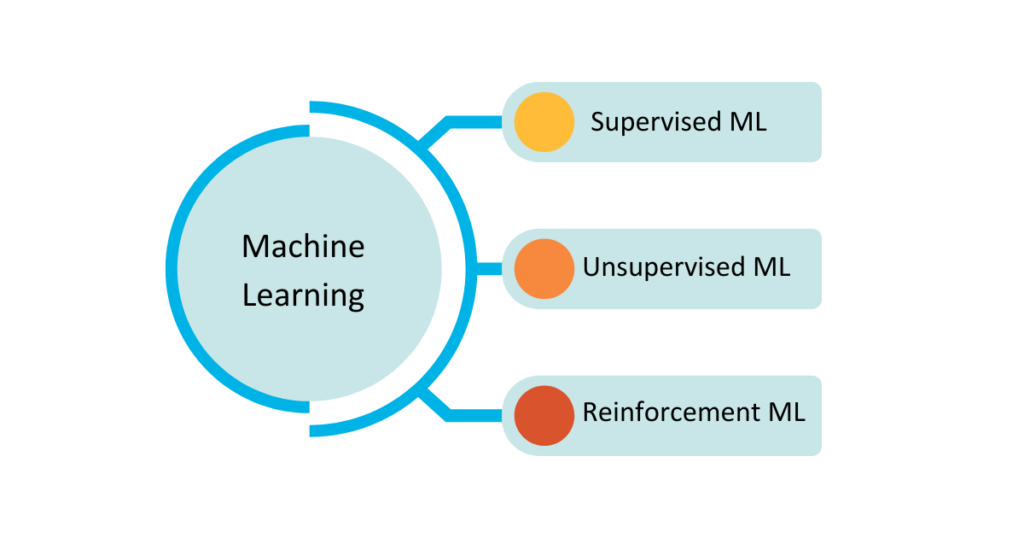
Machine learning uses algorithms to analyse large volumes of data, derive insights, and make informed decisions. Machine learning algorithms identify patterns and make predictions based on the available data.
There are 3 types of Machine Learning: Supervised ML, Unsupervised ML, and Reinforcement ML.
Basics of Generative AI

The power of AI to generate content, text, images, music, etc. is Generative AI. It is a type of artificial intelligence that uses algorithms and deep learning models to create new content. These models are trained on existing data to generate high-quality, original content based on learnt patterns. Once in a while, you might have used Chat-GPT or DALL-E or Google’s Gemini or any other such AI models; these are Gen. AI. Each of them has its capabilities and restrictions. We will go into great detail about them later in this course.
For now, in DALLE-AI, I inserted some text asking it to draw a squirrel flying a spaceship in an orangish-yellow spacesuit. And it generated some amazing images of it. “So, can you recall the text that I used to generate the desired output earlier in this session?” It’s Prompt.
A’s and B’s of Prompt Engineering
Prompt Engineering is a highly sought-after skill in the tech and AI landscape right now! It doesn’t matter whether you are from a tech or non-tech background. Let’s face it, AI is here to stay, and if we want to get the most out of these digital minds, we need to learn how to communicate in their language. That is where prompt engineering comes in; it’s like learning a better way to ask a genie for exactly what you want, but instead of a lamp, you’ve got a keyboard. By crafting the perfect prompts, you can turn AI into your personal assistant, a creative partner, or even your therapist if you’re feeling a little lonely.
“Prompt” is the art of crafting a set of instructions, and “Engineering” is the science of designing and optimising the prompt to achieve desired goals, like SEO for AI language models that generate high-quality content. Together, Prompt and Engineering is a powerful synergy of creativity and technical details.

Whereas the question is, “Is it more like painting a masterpiece or conducting a scientific experiment? Well, the answer is, it’s a bit of both!” “When you craft a prompt that’s so beautiful, it makes the AI blush. That’s art, my friend.” “But then, there’s the precision required to get the exact output you imagined. That’s science, pure and simple.” It’s a perfect blend of both. Think of it as cooking a perfect gourmet meal; you need precise measurements and some artistic flair, both are necessary. This harmony or symbiotic relationship shows how art and science work together in prompt engineering.
“Want to become a prompt engineering pro? Dive into this article to understand paramount concepts of Prompt Engineering.”
The Symbiotic Relationship of Art and Science in Prompt Engineering
Is Prompt Engineering an art or science? Many debate this, but the fact is that it’s a perfect balance of both. Let us examine some arguments that support its classification as an art or science.
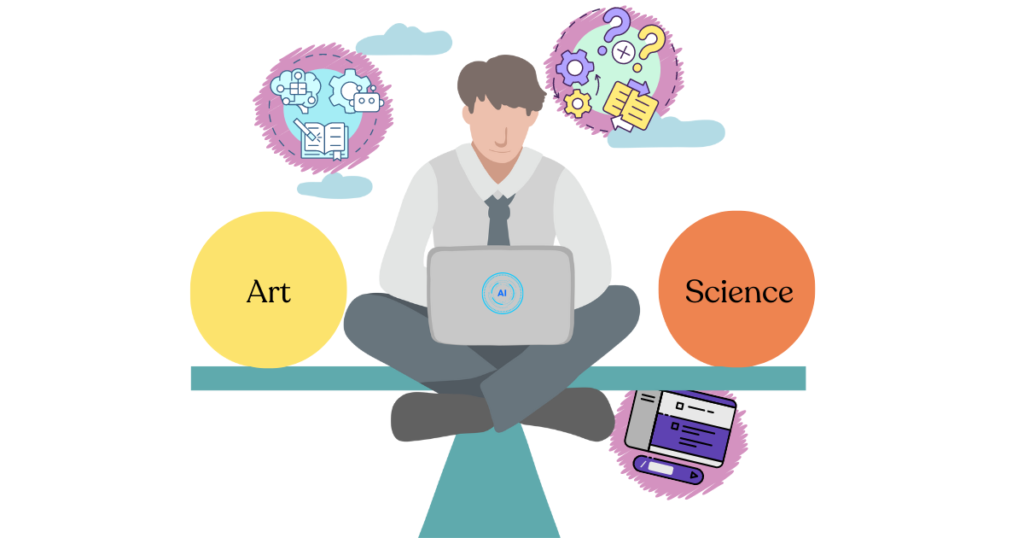
- The artistic side of prompt engineering? It’s all about making prompts that spark creative thinking! You need to frame questions in fun and different ways.
- Intelligence is key here. It helps us guess how an AI might understand and reply to various phrases. Think of it like solving a puzzle! The scientific method shines through when we design prompts—a process that needs careful testing and improvement.
- Keeping a good record, knowing how AI behaves, and understanding how large language models (LLMs) work are all super important. Plus, using the right words—like tone, style, and nuance—helps us create better prompts. They help us see what works well and why.
- Just like artists, prompt engineers should be ready to try out new ideas and make changes. Adjusting prompts when the AI surprises you? That’s part of the fun!
- Using statistics can help figure out which prompting methods work best. To be successful in prompt engineering, you often need skills from many different areas—mixing ideas from linguistics, psychology, computer science, or even special knowledge in certain fields.
- When crafting prompts, it’s all about being specific enough to guide the AI but also flexible enough for creativity to shine through! Finding this balance takes both technical know-how and a bit of imaginative thinking.
So yes, prompt engineering is a mix of art and science! You need both creativity and some tech skills to get the results you want. Next time you dive into writing a prompt, just remember: You’re not just sending a command; you’re letting out your inner poet, engineer, and even a little magician too!
What role do Prompt Engineers play in the AI Ecosystem?
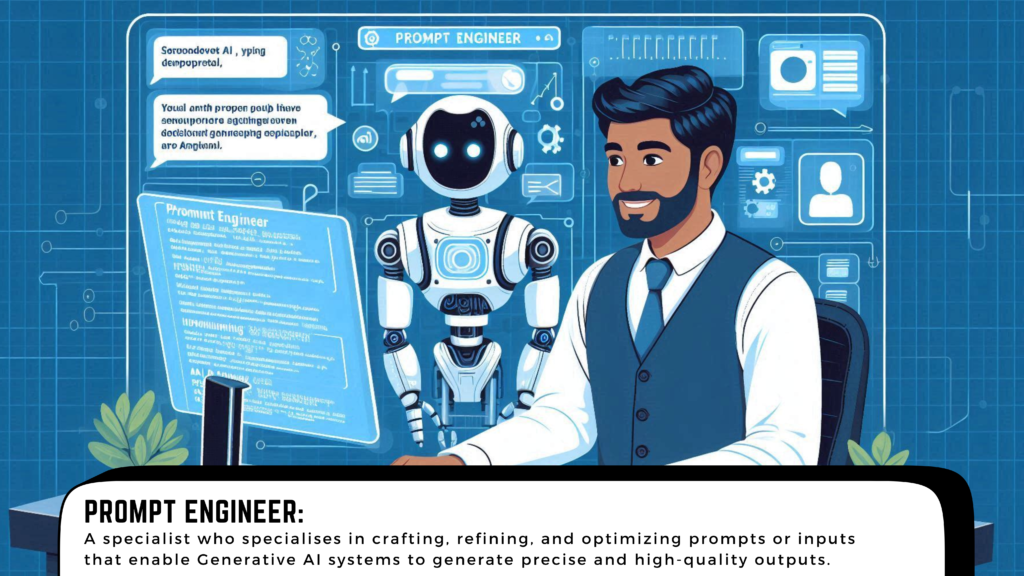
Imagine trying to teach a robot to paint. You say, “Make the sun red!” But it ends up painting the sun blue instead. Why? Because it didn’t really understand what you said. This shows how important it is to have uncomplicated instructions. If the prompts are not written well, you won’t get what you want. That’s where prompt engineers come in! They are super important in the world of AI.
Prompt engineers are like skilled chefs. They mix together human ideas and the abilities of AI to get the best results. Their job is big! They help shape how AI learns, kind of like building its “memory.” This memory helps AI produce better answers.
In this guide, we looked at the basics of Prompt Engineering. It’s really a mix of art and science! These engineers play a big role in the AI scene. Prompt engineering is not just about giving commands; it’s about finding that sweet spot between creativity and technical know-how. To succeed, you need to understand AI, language, psychology, and other specific areas.
So, what can you do next? If you want to learn more about Prompt Engineering and improve your skills, we have a course for you! You’ll learn how to:
- Create prompts that lead to accurate and useful responses from AI.
- Examine and tweak prompts for better clarity.
- Build knowledge from different fields.
- Find just the right mix of creativity and technical skill when making prompts.
Our course gives you hands-on practice with Prompt Engineering and keeps you in the loop with new developments in AI technology. Don’t miss out on this chance! Unlock the full power of prompt engineering and be part of the exciting world of AI!
Read Other Blogs Here
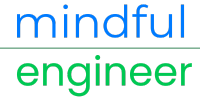





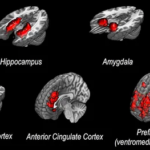
One Response